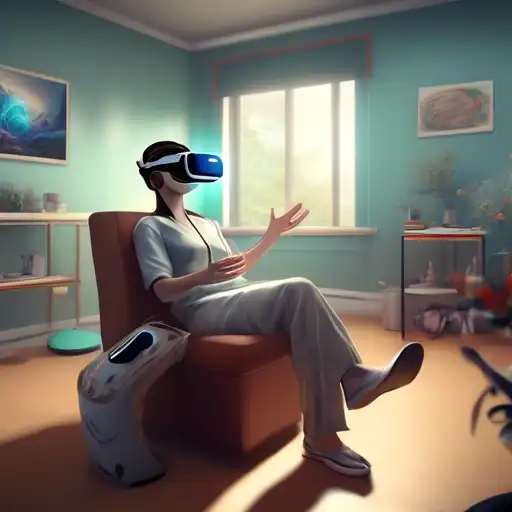The Transformative Role of Virtual Reality in Modern Therapy Practices
Virtual Reality (VR) technology has transcended its initial entertainment-centric applications to become a groundbreaking tool in the field of therapy. By creating immersive, controlled environments, VR offers unique opportunities for treating a variety of psychological and physical conditions. This article explores the innovative ways VR is being utilized in therapy, highlighting its benefits and potential for future applications.
Understanding VR Therapy
VR therapy involves the use of virtual reality technology to simulate environments where patients can confront and work through their issues under the guidance of a therapist. This method has proven particularly effective in treating phobias, PTSD, anxiety disorders, and even physical rehabilitation.
Key Applications of VR in Therapy
- Exposure Therapy: VR allows patients to face their fears in a safe, controlled setting, making it an ideal tool for treating phobias and PTSD.
- Pain Management: Through distraction and immersion, VR has been shown to reduce perceived pain levels in patients undergoing painful procedures or recovering from injuries.
- Social Skills Training: Individuals with autism or social anxiety can benefit from VR scenarios designed to improve communication and interaction skills.
- Physical Rehabilitation: VR games and exercises can motivate patients during physical therapy, making the recovery process more engaging and measurable.
Benefits of VR Therapy
The advantages of using VR in therapy are manifold. It provides a safe environment for exposure therapy, offers customizable scenarios tailored to individual needs, and can be more cost-effective than traditional methods in the long run. Moreover, VR therapy can be conducted remotely, increasing accessibility for patients who cannot attend in-person sessions.
Challenges and Considerations
Despite its potential, VR therapy faces challenges such as the need for specialized equipment, the risk of over-reliance on technology, and the importance of ensuring that virtual scenarios are clinically validated. Therapists must also be trained to effectively integrate VR into their practice.
The Future of VR in Therapy
As VR technology continues to evolve, its applications in therapy are expected to expand. Innovations such as haptic feedback and AI-driven scenarios could further enhance the effectiveness of VR therapy, making it an indispensable tool in mental health and physical rehabilitation.
For those interested in exploring more about digital healthcare innovations, consider reading about the impact of AI on personalized medicine.
In conclusion, VR represents a significant advancement in therapeutic practices, offering new hope and possibilities for patients and therapists alike. Its ability to simulate real-life scenarios in a controlled environment opens up unprecedented opportunities for treatment and recovery.
